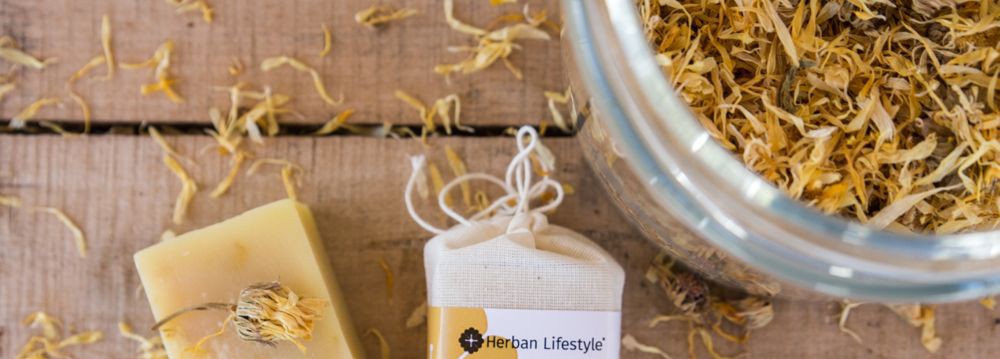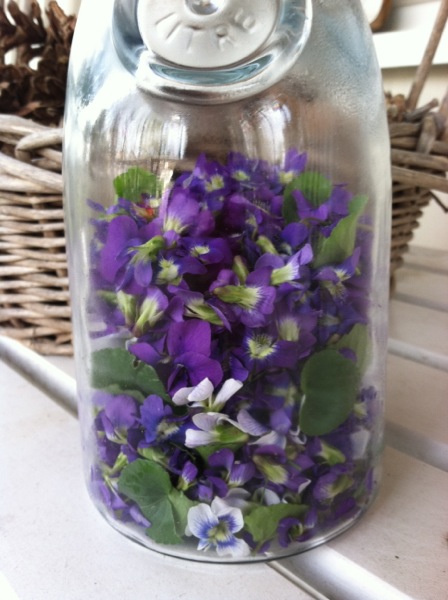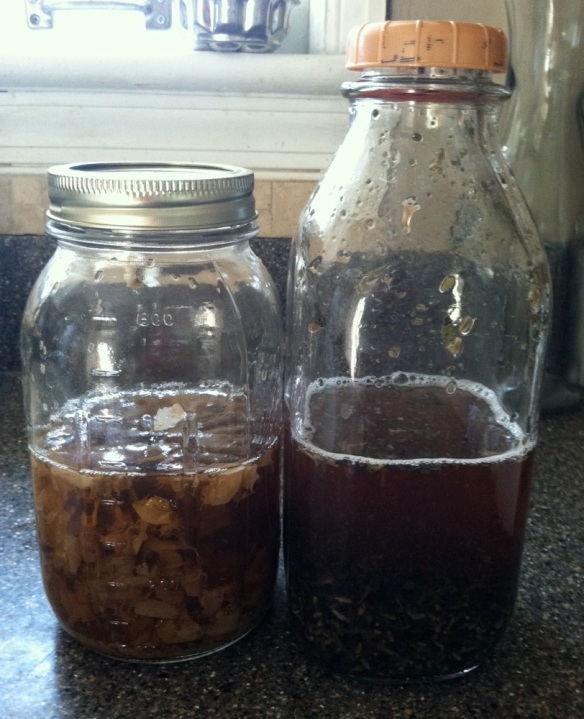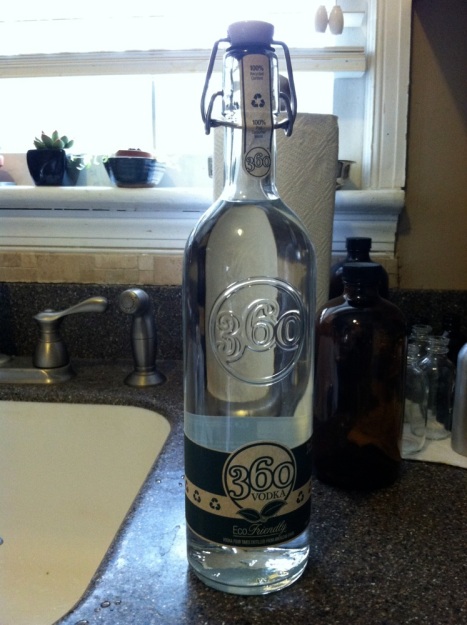 Legend has it that during the Great Plague of the Middle Ages, grave robbers would wash their hands in a solution called “Four Thieves Vinegar,” which was very effective in staving off infection. The concoction was made by infusing vinegar with wormwood, rue, mint, sage, lavender, and rosemary. Because these constituents all have known antibacterial and antiviral properties, it seems like a feasible tale. I was fascinated by the idea and since I grow most of these herbs in my garden, I decided to try brewing up a batch.
Legend has it that during the Great Plague of the Middle Ages, grave robbers would wash their hands in a solution called “Four Thieves Vinegar,” which was very effective in staving off infection. The concoction was made by infusing vinegar with wormwood, rue, mint, sage, lavender, and rosemary. Because these constituents all have known antibacterial and antiviral properties, it seems like a feasible tale. I was fascinated by the idea and since I grow most of these herbs in my garden, I decided to try brewing up a batch.

I looked at various recipes, and decided to go with the basic set of ingredients, plus some lemongrass for its mild insect-repelling and good antimicrobial properties. The finished product can be used externally, and safely, for a variety of purposes: as a surface disinfectant, a hair rinse, a skin cleanser, to treat insect bites, as a hand-sanitizer, just to name a few. While the ingredients are very effective, it is gentle enough to use on pets and kids, just dilute it one part Four Thieves to three parts purified water.
Here is what you need to make your own:
- 2 tablespoons of Rosemary
- 2 tablespoons of Sage
- 2 tablespoons of Lavender
- 2 tablespoons of Wormwood
- 2 tablespoons of Rue
- 2 tablespoons of Peppermint
Apple cider White vinegar* (enough to cover the herbs completely)
You can also throw in cloves, cinnamon and/or garlic for extra potency.
Fill a pint-sized jar with the herbs. For best results, cut the herbs into small pieces, and packed the jar with the herbs, leaving as little space as possible. Susun Weed recommends using a jar with a plastic lid since vinegar can erode metal over time. If you use a metal jar, place a piece of waxed paper between the rim and lid to form a barrier, or use a cork.
 Pour room-temperature apple cider vinegar into the jar until it is full, then tightly cap the jar. Label the jar with “Four Thieves” and the date. Place the jar away from direct sunlight, like a kitchen cupboard, or some other place where you will remember to shake it every day or so. After six weeks of steeping, strain the mixture through cheesecloth and place in a clean jar or spray bottle. It will last at least 18 months (some articles I read say up to 30) if you store it in a cool, dry, dark place.
Pour room-temperature apple cider vinegar into the jar until it is full, then tightly cap the jar. Label the jar with “Four Thieves” and the date. Place the jar away from direct sunlight, like a kitchen cupboard, or some other place where you will remember to shake it every day or so. After six weeks of steeping, strain the mixture through cheesecloth and place in a clean jar or spray bottle. It will last at least 18 months (some articles I read say up to 30) if you store it in a cool, dry, dark place.
Let me know what you think. Or if you have your own recipe for Four Thieves, I would love to hear about it!
*My original post called for apple cider vinegar, but I have since begun using white vinegar. According to the Suzuki Foundation, “White vinegar found on most store shelves is a five per cent concentration of acetic acid. It kills about 80 per cent of germs. Look for stronger concentrations at eco-friendly stores that have refill stations.” (https://davidsuzuki.org/queen-of-g…/does-vinegar-kill-germs/)
[tweetmeme source=”herbanlifestyle” service=”tinyurl.com”]







 Boil the water. Then make an infusion by pouring the water over the violet flowers and leaves in a glass or ceramic container. Cover and let stand for 1 hour (the closed jar keeps the water-soluble vitamins from escaping in the steam). Strain out the flowers and you will have a beautiful purplish-blue liquid.
Boil the water. Then make an infusion by pouring the water over the violet flowers and leaves in a glass or ceramic container. Cover and let stand for 1 hour (the closed jar keeps the water-soluble vitamins from escaping in the steam). Strain out the flowers and you will have a beautiful purplish-blue liquid.




 Place your herbs and vinegar in a clean glass jar, cap tightly. Label the jar with your herbs and the date. Allow to infuse for 6 weeks in a cool dark place, shaking the jar daily.
Place your herbs and vinegar in a clean glass jar, cap tightly. Label the jar with your herbs and the date. Allow to infuse for 6 weeks in a cool dark place, shaking the jar daily.








































